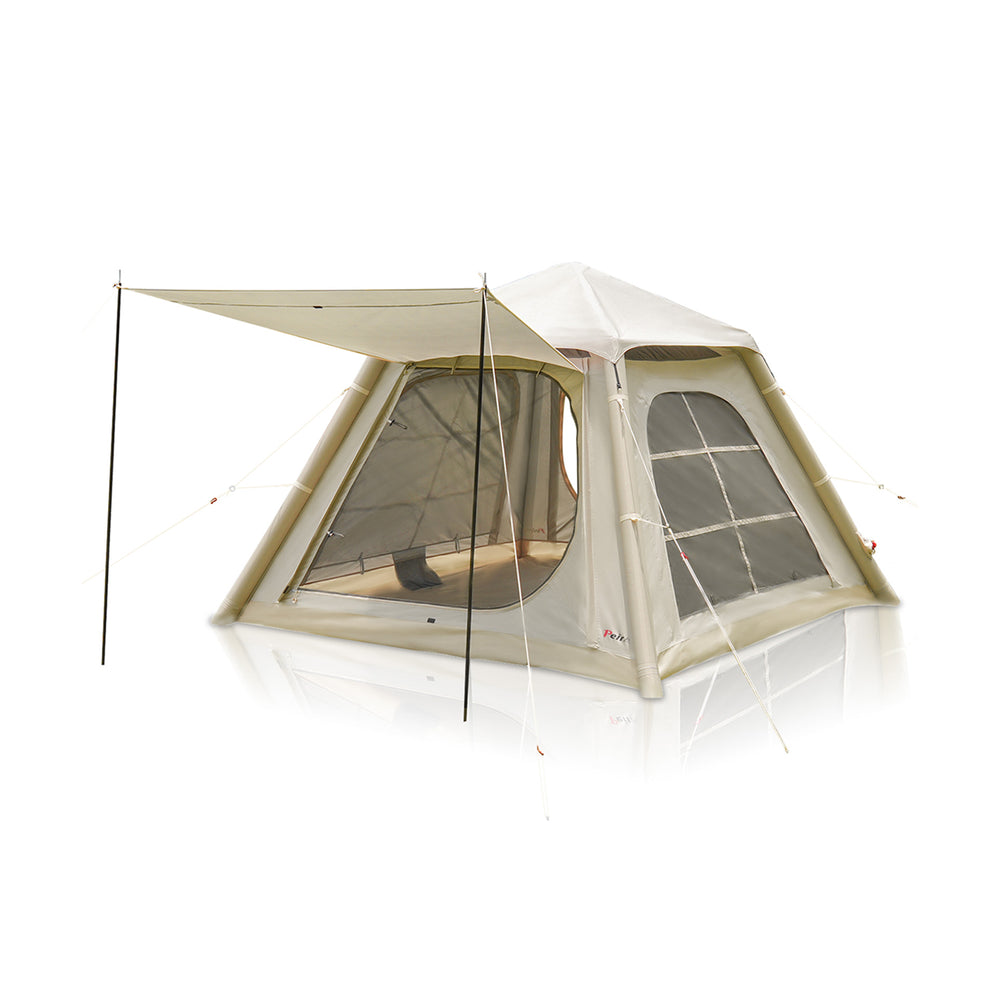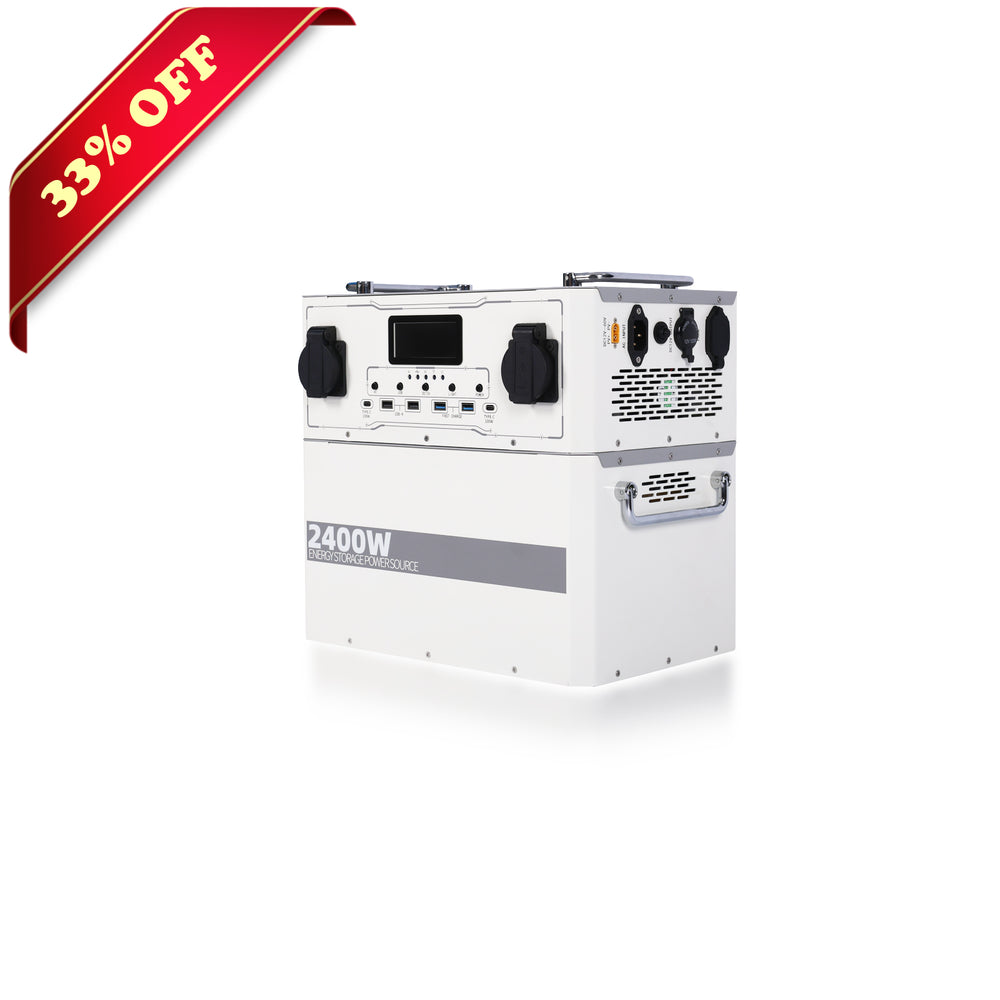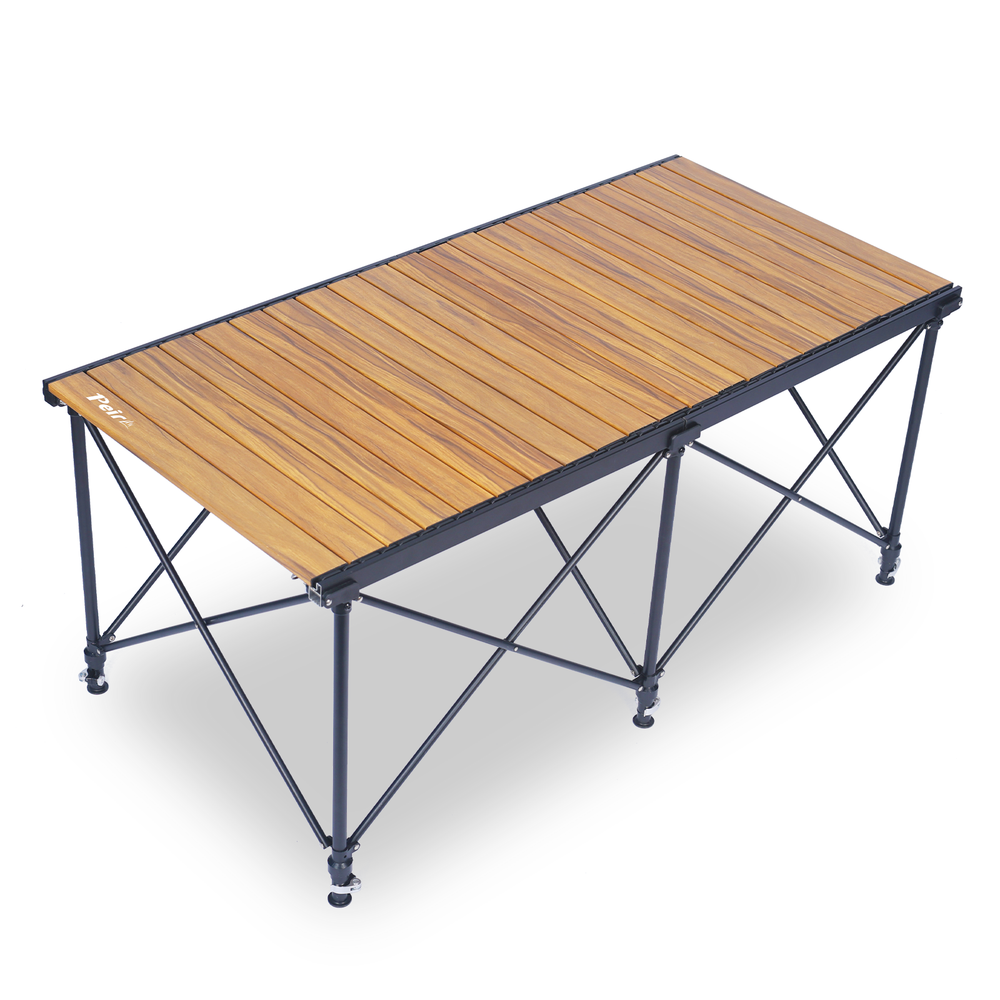Canvas tents can last a lifetime if properly cared for. But like maintaining a healthy diet, tent maintenance requires dedication, proactive measures, and an obsessive anxiety about mortality.Canvas tents stand as a testament to the timeless allure of the great outdoors, offering a blend of durability and breathability that modern materials struggle to match.Even the most robust canvas can fall prey to nature’s persistent challenge: mold.
Understanding how to effectively remove mold from your canvas tent is not just about maintenance; it’s about ensuring the health and safety of every camper under its shelter.In this comprehensive guide, we’ll explore tried-and-true methods alongside natural solutions and expert tips to restore your canvas tent to its former glory.Canvas tents can last for a lifetime if properly cared for.
What is Mold?
Mold is a fungus. Unlike plants which require energy from the sun to grow, mold derives energy from degrading organic matter. Without getting too sciencey for a blog about tents: mold excretes enzymes that cause organic materials to decompose (aka “rot”), which it eats to create energy to reproduce, and creates waste, and so the circle of life moves us all. Mold is nature's recycling center, a fascinating and essential component of the natural world that makes our planet livable.
Where does Mold come from?
Mold is everywhere in nature. It clings to clothes, skin, fur, leaves, bugs…you name it, it’s probably got mold on it. Mold can grow just about anywhere that is above freezing. Although mold can grow in a range of environments, it is particularly virulent in damp, dark environments, where there is lots of organic material to feast upon. Think rainforest.
Mold spreads and reproduces by releasing large numbers spores which can easily spread through air or water and colonize new locations. In the right conditions, mold can grow in as little as 24 hours, which is why it’s important to deal with it immediately as soon as you see evidence of it.
Recommend:
How to clean a tent with mold?
Cleaning your tent is important for the longevity of it. Mold can grow in tents, especially if they are not properly taken care of.
The best way to prevent mold from growing on your tent is by keeping it dry and storing it away from moisture. If you have already found that there is some type of mildew or fungus growth on your tent, then we recommend following these steps below before using any other cleaning methods.
Chemicals Used To Remove Mold from Canvas Tents
While removing mold from the surface of the canvas tents may be tricky, the various chemicals available can help in making the task easy. Some of the popularly used chemicals to remove the molds include:
Concrobium
Concrobium works like magic in cleaning molds from the canvas tents popularly used by the campers. It penetrates to the root of the molds and helps in removing them effectively. Without the use of ammonia, bleach, or other harsh products, Concrobium effectively eliminates the molds. Simply spraying the mixture of concrobium and warm water can help in Chemicals for Removing Mold from Canvas Tents getting rid of the molds and prevent further molds from forming on the tent’s surface.
Mirazyme
Mirazyme has active enzymes that help in eliminating the fungi spores/molds and getting rid of the smell easily. Soaking the tent in a solution of mirazyme and lukewarm water and leaving it for a few minutes can help in eliminating the molds fast. Without having to rinse multiple times, you can conveniently clean your tent in no time.
Vinegar
Being readily available in every kitchen, vinegar is one of the most commonly used chemicals for removing the molds from such a canvas tent. It serves as a mild acidic disinfectant and helps in cleaning approximately 80% of the molds. It also aids in preventing the mold from occurring again in the future.
Tea Tree Oil
Tea tree oil is one of the most effective chemicals for the removal of molds from your camping tents. Having both antibacterial as well as antifungal properties, tea tree oil aids in cleaning the molds and preventing them from occurring again. Made of natural ingredients, this chemical is also considered safe for use. You can directly pour this oil on the mold-afflicted area and leave it for some time in order to remove them completely.
Fabric Guards
When it comes to dealing with molds on your canvas tent, the fabric guard solutions are a popularly used chemical. Fabric guards not only help in cleaning the molds but also protect the fabric and prevent the molds from recurring in the future. With this easily accessible solution, removing molds no longer remains a difficult task for you.
Following the above-mentioned methods and using the right chemicals can help you in smoothly cleaning the molds from canvas tents. With the right solution, you can even prevent their further growth and use the tents conveniently for your upcoming camping trips.
Deep Cleaning Process:
- Remove all loose dirt and debris with a soft brush or broom
- Separate the canvas tent canopy from the floor of the tent. You will wash the floor separately. You can leave the guy-lines on if they are dirty, just remember they must also be retreated in the end to prevent UV damage.
- Fill a very large container with about 1 foot (30cm) of warm water. Add several cups of Oxiclean, use your best judgement on how much to use vs. how dirty the tent is and reference the recommendations on the box. Stir thoroughly until the solution is dissolved completely. Warm water dissolves the solution better than cold water.
- Place the tent canvas (not the floor) in the container.
- Fill with water until the tent is submerged.
- Stir and agitate thoroughly so the solution is well mixed and the canvas is soaking evenly.
- Allow the tent to soak for 4-10 hours, stirring occasionally. It’s ok to leave it soaking overnight if you need to.
- You will want a clean surface to place the tent on to dry so have your clean floor ready. You can clean the tent floor just like a kitchen floor. Sweep it, mop it, rinse it.
- When your done soaking, dump out the dirty water leaving the tent inside. Oxiclean shouldn’t kill grass but if your concerned just hose off your grass afterwards, the solution to pollution is dilution.
- With the container on it’s side, do a quick pre-rise rinse and roll to get the dirty residue off see how the tent looks. If you think it needs another round of soaking, fill up the container and add some more oxiclean.
- If the canvas looks reasonably clean, add more water, use your stick to agitate and stir, then dump. Repeat as needed until most of the soap is out of the canvas.
- Spread the canvas out on top of your clean tent floor and pitch it. You can also throw the floor on top of a car, then put the canvas on top of that to assist with run off. Don’t put the canvas directly on your car because Oxiclean can strip clearcoat.
- Hose the tent down again and be sure get any remaining soap off of it.
- Let the tent dry completely.
- Retreat the tent with a canvas specific waterproofing solution of your choice.
How to Prevent Mold in Tents
Mold prevention is more important than cleaning. It is good to take precautions to prevent your glamping tents from getting moldy and damaged before they even get moldy.
Choose Mold-Resistant Glamping Tents
Mold in tents depends on different materials, seasons, and environments. Typical tents are usually made of materials such as canvas. They are comfortable and resistant to small amounts of mold. However, they are still susceptible to mold in humid and rainy conditions.
Therefore, you should choose mold-resistant glamping tents for your business, such as glamping tents. Their shell is made of PVC and PVDF, which not only meets the comfort needs of guests but also prevents mold in most cases.
Informing Guests About Proper Use of Tents
Inform guests before their stay on how to use the tent properly, or place an instruction manual inside the tent. Customers should be advised:
It is not advisable to place wet towels or clothes on the canvas, as this will cause mould in the tent and damage the waterproof function.
Open the windows in time to ventilate. This will keep the room dry and will not easily become mouldy.
Check tents for mould
Check tents regularly for mould and remember to air and dry them regularly. As soon as you detect mould in tents, take immediate action to clean it and prevent it from spreading.
Trimming vegetation
Regular trimming of vegetation around tents is necessary. Too much weeds tend to make tents damp and mouldy. Keeping weeds away from tents can prevent them from becoming mouldy.
FAQ
How to get mold out of a canvas tent?
And if you need to get to the top of your tent to clean to - place a few of chairs inside before you remove the center pole. Kill the mold with a mixture of 1-part white vinegar (distilled) 3-parts water. Spray it on and let it dry. Let rinse thoroughly.
Can you get mold out of a canvas tent?
Start by gently brushing the affected areas with a soft-bristle brush or sponge. This action should be performed dry, without any liquid, to effectively dislodge and remove loose mold particles from the canvas.
How do you remove mold from a canvas canopy?
Mix equal parts of water and vinegar in a spray bottle. This natural solution will help to kill the mold spores and prevent them from spreading. Spray the material and let it sit for approximately 45 seconds so the material absorbs the solution. Next, use a soft brush or cloth to scrub the affected area.
Does rubbing alcohol remove mold?
Rubbing alcohol is not a good cleaning method for mold, because it has a neutral pH, and therefore is not stringent enough to kill fungi thoroughly. Additionally, rubbing alcohol is highly flammable, and hazardous to use as a cleaning solution.












 Peirhw Inflatable House Tent - Starry Night Love
Peirhw Inflatable House Tent - Starry Night Love
 Peirhw Glamping Tents - Friendship Castle
Peirhw Glamping Tents - Friendship Castle
 Peirhw Inflatable Canopy Tent - Adventurer
Peirhw Inflatable Canopy Tent - Adventurer



 Peirhw Portable Air Conditioner
Peirhw Portable Air Conditioner
 【Advance Sale】Peirhw Portable Power Station 2400W
【Advance Sale】Peirhw Portable Power Station 2400W
 【Advance Sale】Peirhw Portable Power Station 600W
【Advance Sale】Peirhw Portable Power Station 600W





 Peirhw Self Inflating Sleeping Pad
Peirhw Self Inflating Sleeping Pad
 Peirhw Air Mattress (8" Queen Type)
Peirhw Air Mattress (8" Queen Type)
 Peirhw Camping Sleeping Bag
Peirhw Camping Sleeping Bag


 Peirhw Butterfly-shaped Canopy for Camping
Peirhw Butterfly-shaped Canopy for Camping
 Peirhw Camping Waterproof Canopy (Cannot be Purchased Separately)
Peirhw Camping Waterproof Canopy (Cannot be Purchased Separately)


 Peirhw Outdoor Folding Chairs
Peirhw Outdoor Folding Chairs
 Peirhw Folding Camping Table
Peirhw Folding Camping Table












